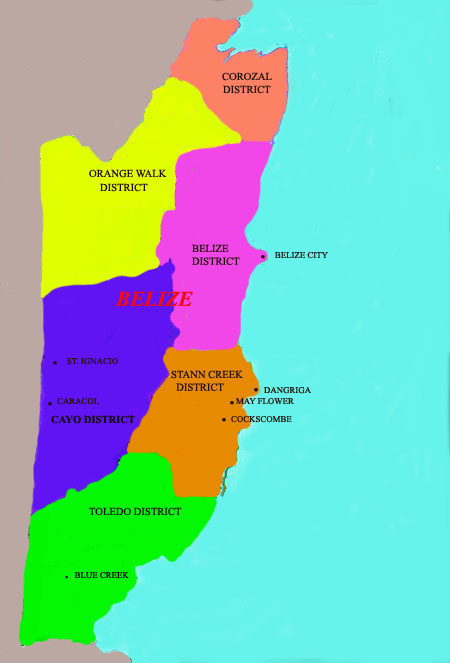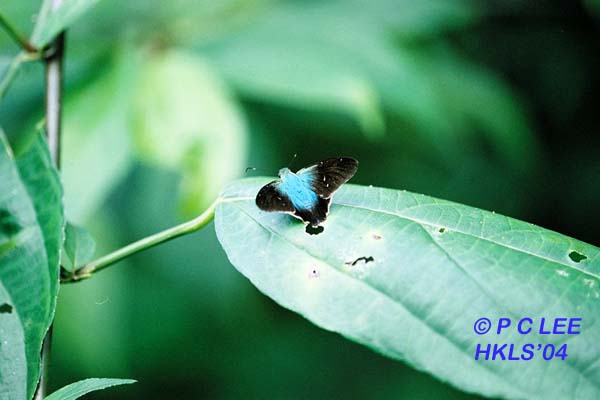Belize is a country unknown to many of
us. It is a tiny country in Central
America bounded on the North by Mexico, South and West by Guatemala,
and the beautiful Caribbean Sea washes its 174 mile coastline to the
East.
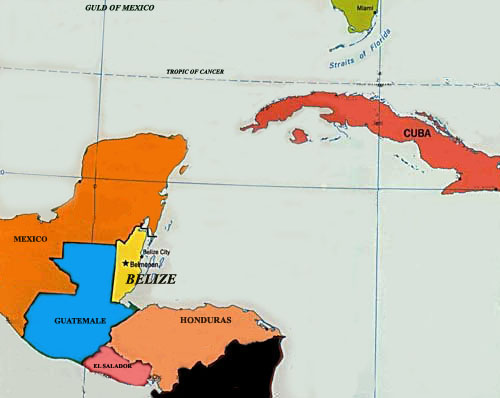
Belize is a country of varied culture,
language and ethnic groups. Approximately 260,000 people in Belize
consist of Creole, Garifuna, Mestizo, Spanish, Maya, English,
Mennonite, Lebanese, Chinese, and East Indian. In spite of the
different backgrounds and religion, these people have blended very well
and have lived harmoniously together that
they have been notably known as very warm and friendly.
English remains to be the most common language used followed by Creole, but Spanish is becoming more widely
spoken. The Garifuna , Mayas and Mennonites speak their own language.
It was once a British colony, so-called the British Honduras until it
gained its independence in 1981.
| It is geographically divided into the
Northern and Southern parts. The dividing line can be drawn from the
city of Belize ( the former capital ) passing Belmopan ( its capital
today ) right to San Ignacio. The Northern part is a stretch of lowland
with savannah and mangrove swamp. The Southern part is a low elevation
subtropical forest with the highest mountain, the Maya Mountains having
an average of 3,300 feet. The highest point is only 3,680 feet. We
concentrated only in the Southern part because the Northern part is
infested with mosquitoes which can transmit a lot of deadly diseases.
|
|
Since Belize is part of the new continent,
the butterfly fauna there differs a lot from those of the old
continent. There are families we don't have in Hong Kong. I will
mention a few so when looking at the pictures, one can get some idea.
The Morphidae are the brilliant blue large morphos. The Brassolidae are
the large owl butterflies. The Ithomiidae are those with elongated
wings, some of those with clear wings also belong to this family. The
Heliconiidae are those with the very
narrow elongated forewings and tiny hindwings. They are the typical
example of Mullerian mimicry, all looking roughly the same and are all
poisonous because they all feed on Passiflora plants. The Libytheidae
are those with an enormously developed labial palps. The Nemeobiidae likes to hide under leaves with wings wide
spread like a moth. The last but not the least are skippers found in
the new continent which have long tails and there are many species of
them.
BELIZE TRIP: 20-30 January 2004
Day 1
Addiction
to butterflies is obviously the reason why I would endure being
airborne for 28 hours from Hong Kong to Belize. Coming in from
different directions, James and I synchronized our flights to arrive
Belize at almost the same time. We rented a 4 wheel drive and drove 2
1/2 hours straight to Dangriga where we would be staying
throughout the trip. The name of the lodge was Bluefield. There was no air conditioning but the place was clean and
screened with a private
bathroom that had ample hot water. Except
for the noise, everything was acceptable.
We
checked in quite late but still decided to
take a look at a place close by called Mayflower. We did not see
anything since the sun started to set at 4:00pm. We retired early
because we had to get up early tomorrow to catch the morning sun.
Day 2
We got up at 7:00am, had breakfast and started off. The sky was cloudy
and we were unhappy about this. We went to Cockscomb Basin Wildlife
Sanctuary. We did no see many butterflies and it also rained. After the
rain stopped we went to Mayflower Bocawina National Park where I saw a
longtail skipper for the first time in my
life. I saw another one with a long white
tail which I quickly vanished from my sight. I
was able to take only one picture with the tail even partially
hidden by the leaves.
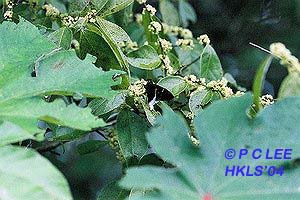 |
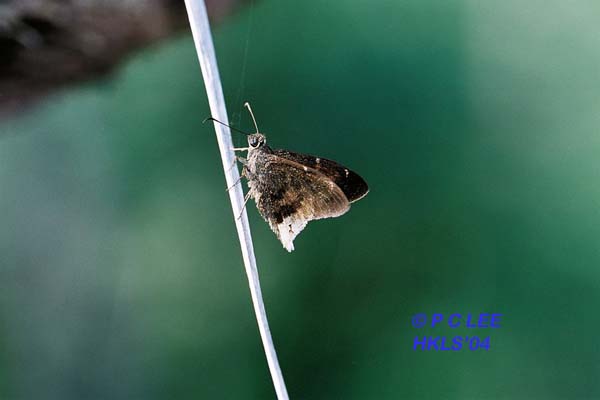 |
|
Urbanus doryssus |
|
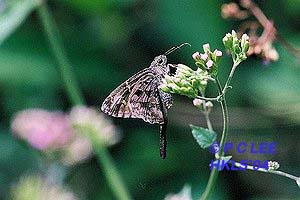 |
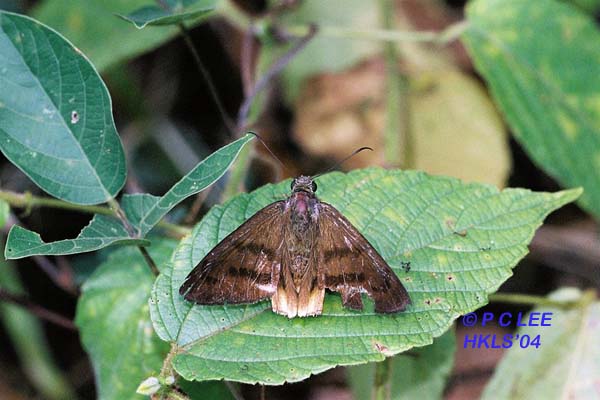 |
|
Urbanus spp. |
Astraptes anaphus |
We went back to Cockscomb to have lunch and
walked again after. We did not see much except for some
Nemeobidaes flying around. They looked almost the same to me though
there were a lot of different species. At long last a Parides,
a Papilio, appeared and stayed long enough to allow us to take many
pictures. Then I saw the first wild life Heliconidae which I have seen
only in the butterfly garden in the past. It was a postman. Then a
sortie of other butterflies were seen. The most distinct one was a Arawacus,
a Lycaenid. The weather remained gloomy so
we decided to go back to our lodge.
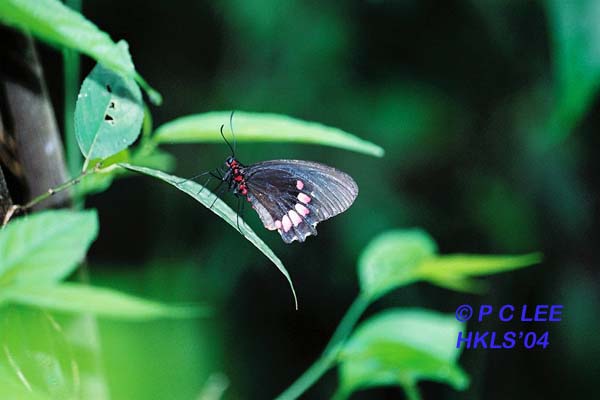 |
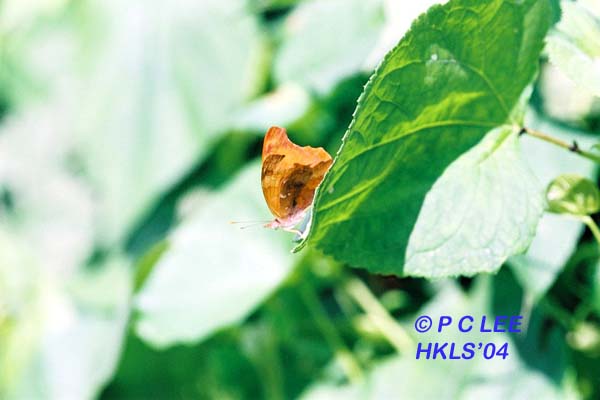 |
| Protesilaus belesis | Temenis laothoe |
| Heliconius erato | |
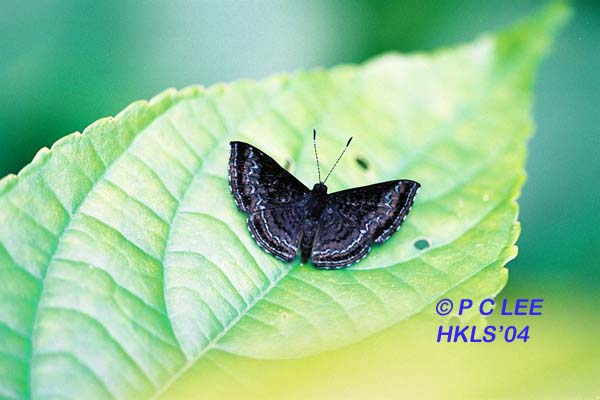 |
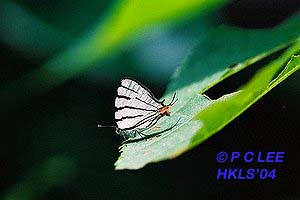 |
| Charis spp. | Arawacus sito |
Day 3
We got up at 6:00 am. The weather was still overcast. We bet our luck
on the other side and decided to go to San Ignacio. The weather was
fine over there. We went to Xunantunich, a Maya ruin archaeological
reserve.
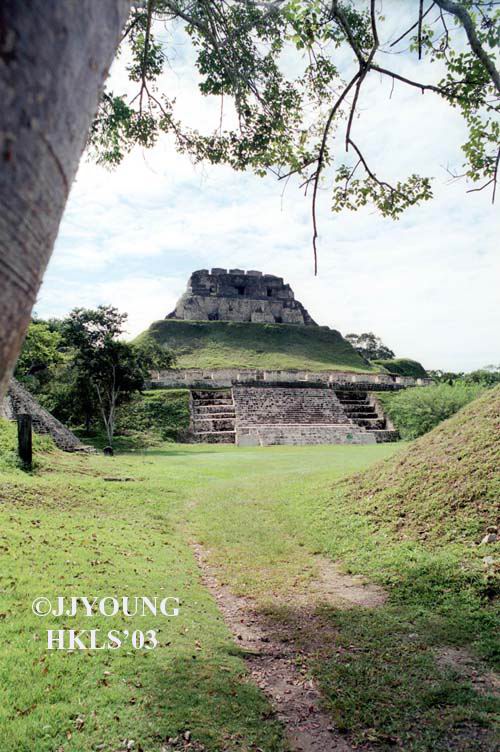 |
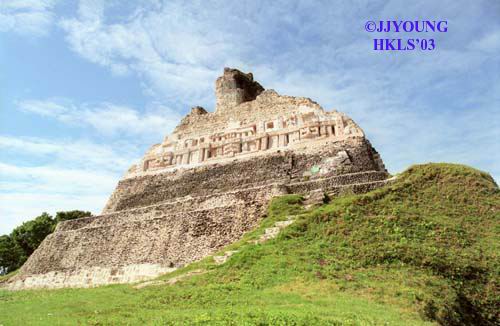 |
| Xunantunich, a Maya ruin | |
We saw a lot of Anartia fatima, a Nymph. Other than this, there was nothing else. We decided to drive to the Pit Stop, Tropical Wings Nature Centre, in the Cayo District.
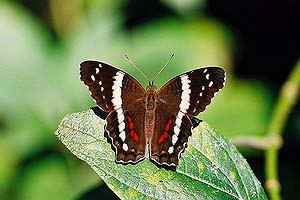 |
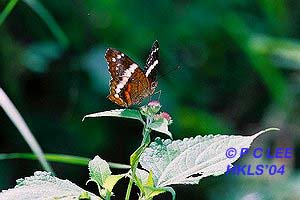 |
| Anartia fatima | |
At the entrance we were greeted by another Parides, very fresh. Again, we took a lot of photos.
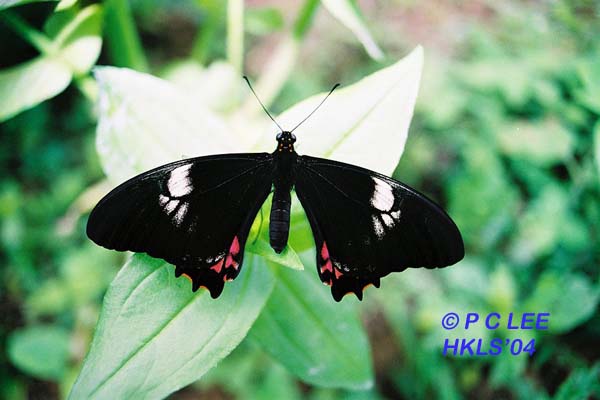 |
| Papilio anchisiades |
There James received a warm welcome. I went into their butterfly garden and saw a lot of huge owl butterflies and morphos which were magnificent enough to feast our eyes on. We went to the shrub behind their compound and took a lot of pictures. The more interesting one was the Hamadryas, a Nymph, which when crutching on a tree trunk, was very well camouflaged. There were a lot of the long tail skippers and even a mating pair was seen. We spent the whole afternoon in that place until the sun set.
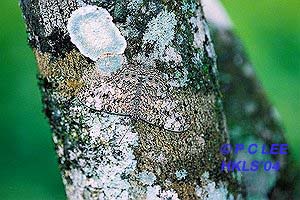 |
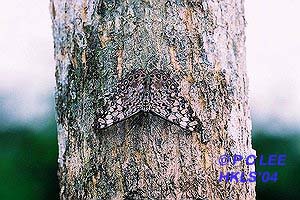 |
| Hamadryas februa | |
 |
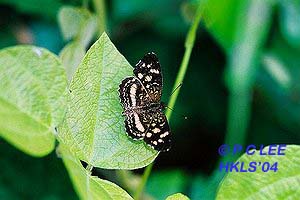 |
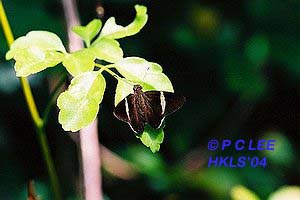 |
| Anartia jatrophae | Anthanassa tulcis | Autochton zarex |
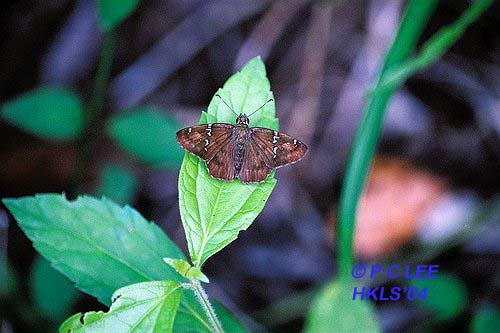 |
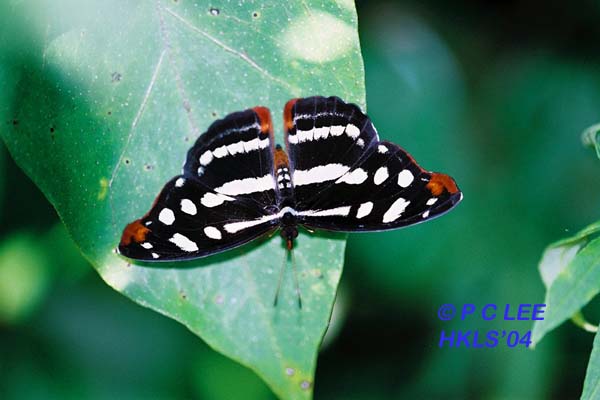 |
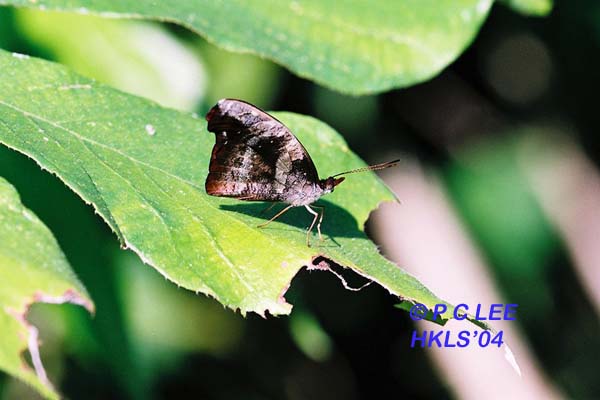 |
| Cabares potrillo | Catoneephele mexicana | Catoneephele mexicana |
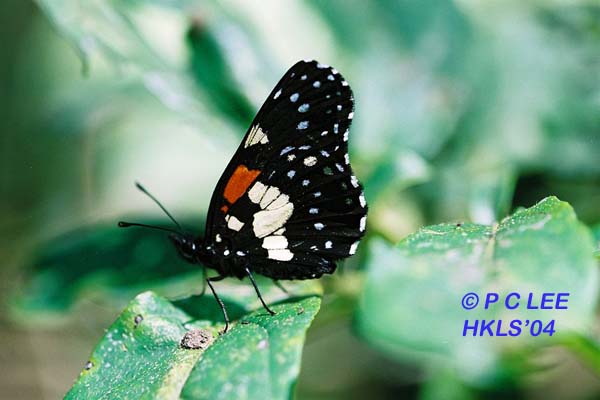 |
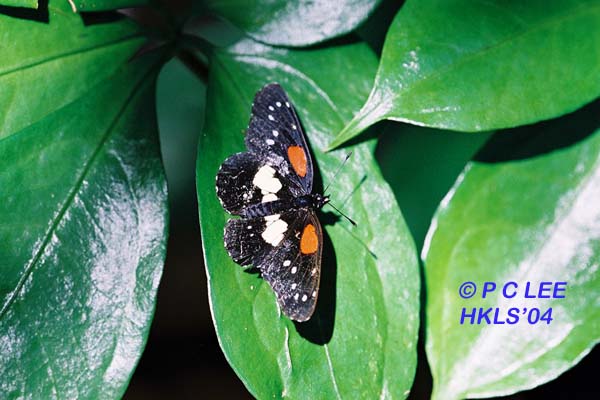 |
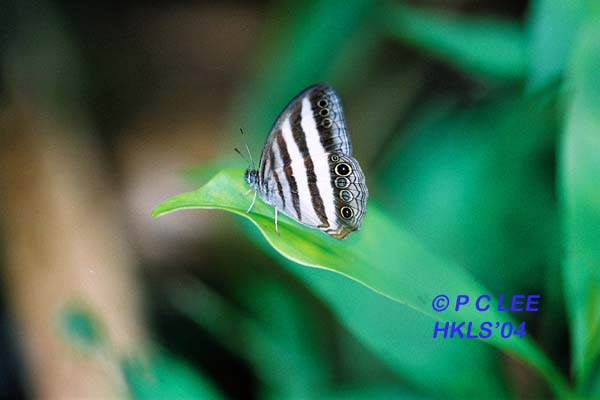 |
| Chlosyne gaudealis | Chlosyne gaudealis | Cissia hesione |
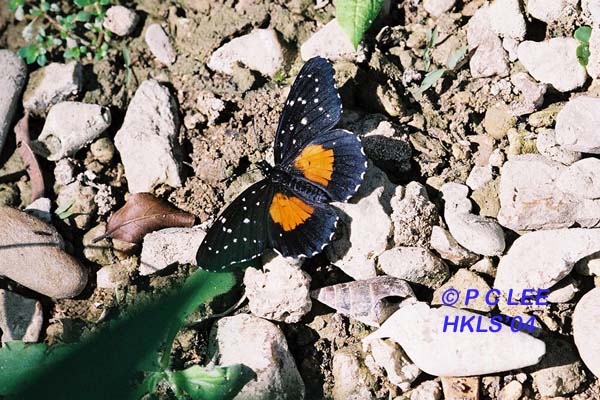 |
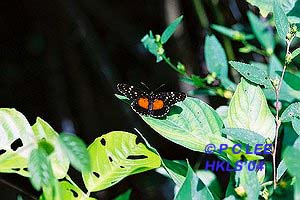 |
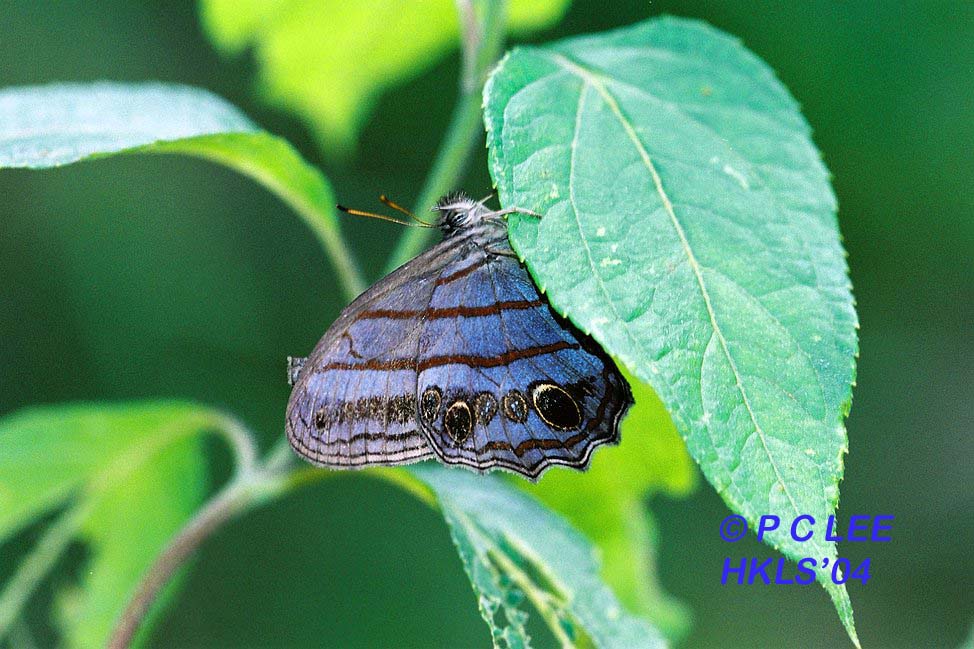 |
| Chlosyne janalis | Chlosyne janalis | Cissia libye |
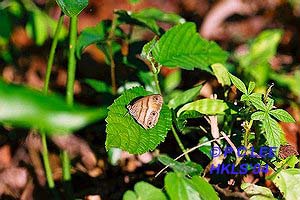 |
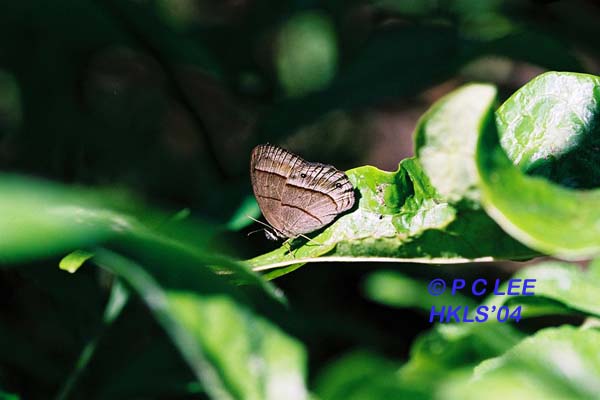 |
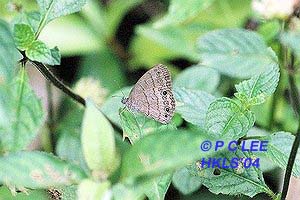 |
| Cissia confusa | Cissia usitata | Cissia usitata |
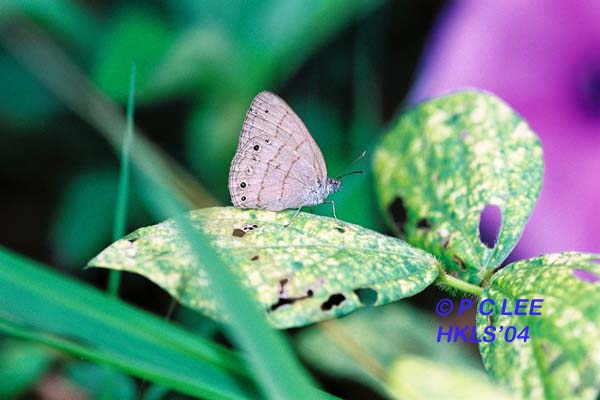 |
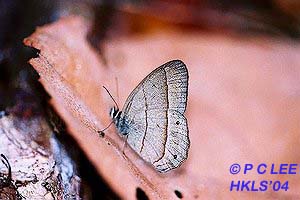 |
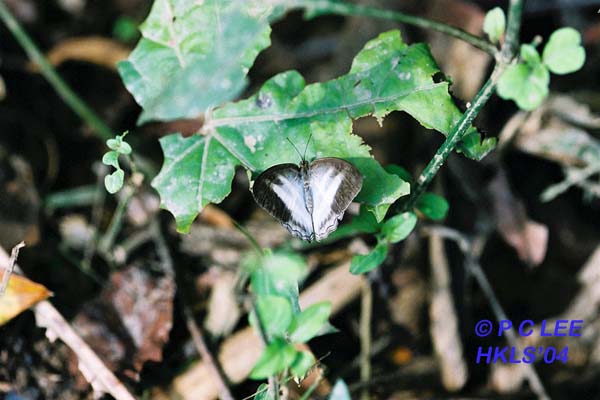 |
| Cissia usitata | Cissia spp | Cissia hesione |
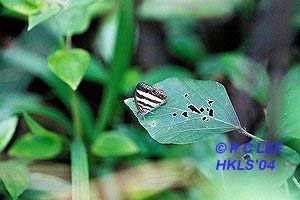 |
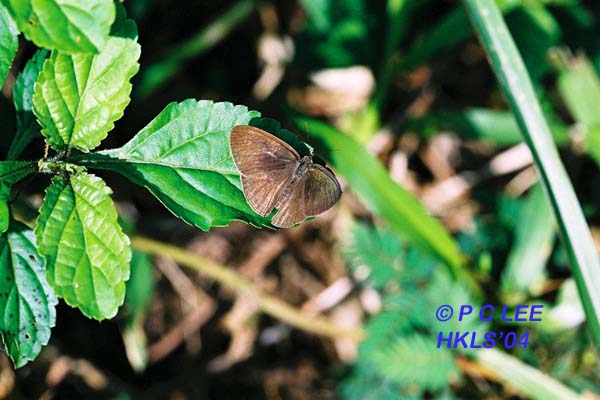 |
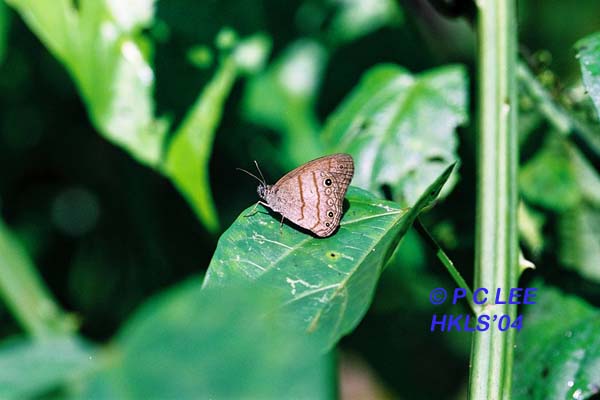 |
| Cissia hesione | Cissia usitata | Cissia usitata |
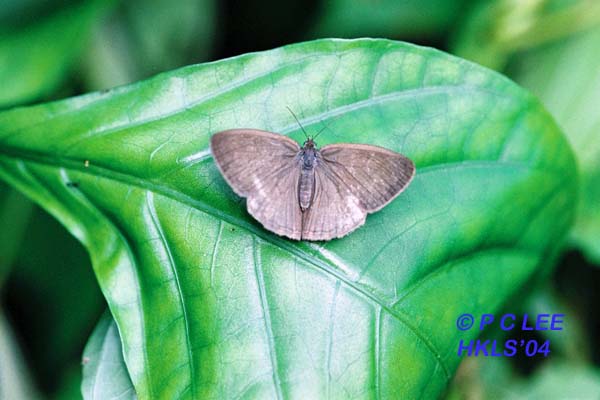 |
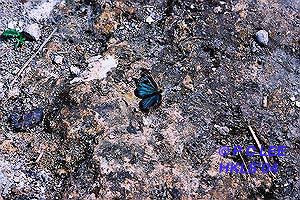 |
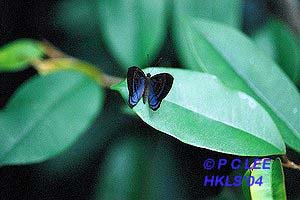 |
| Cissia usitata | Dynamine mylitta | Mesosemia lamachus |
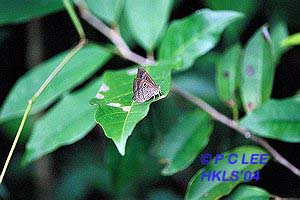 |
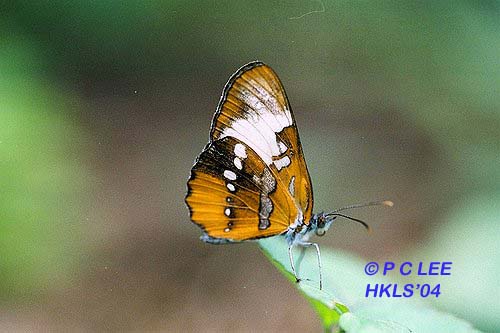 |
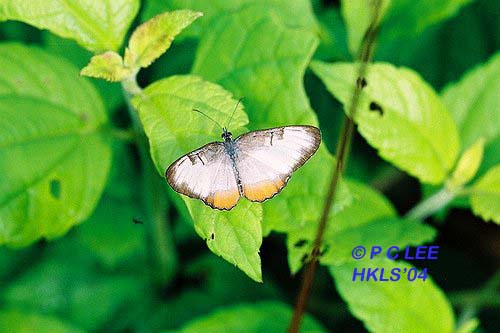 |
| Mesosemia lamachus | Mestra amymone | Mestra amymone |
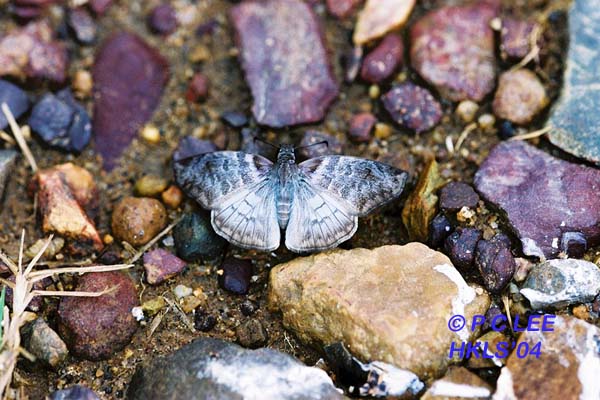 |
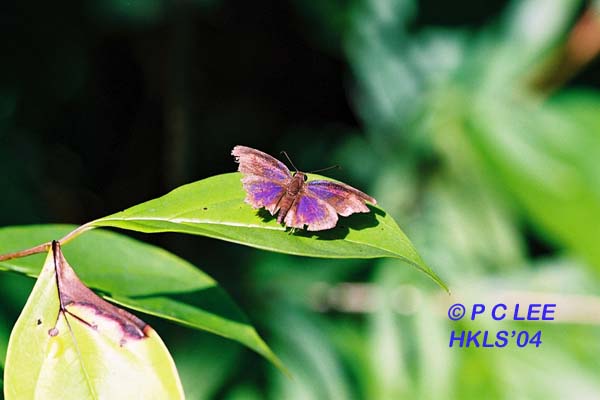 |
 |
| Mylon pelopidas | Paches loxus | Paches loxus |
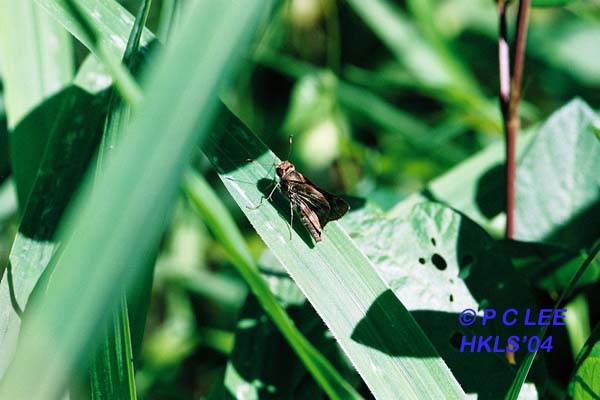 |
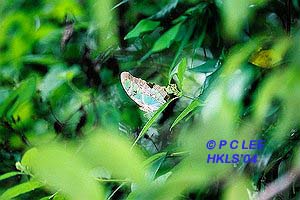 |
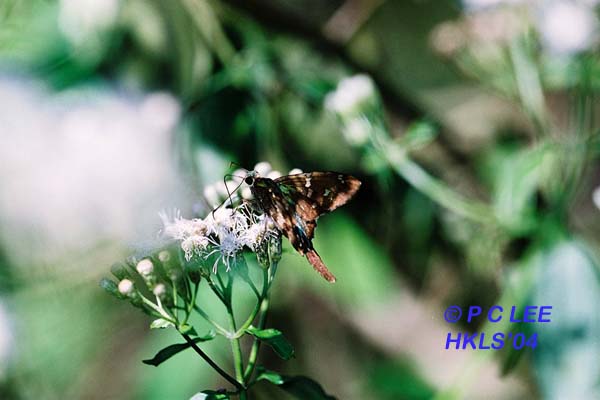 |
| Perichares priletes | Philaethria dido | Urbanus belli |
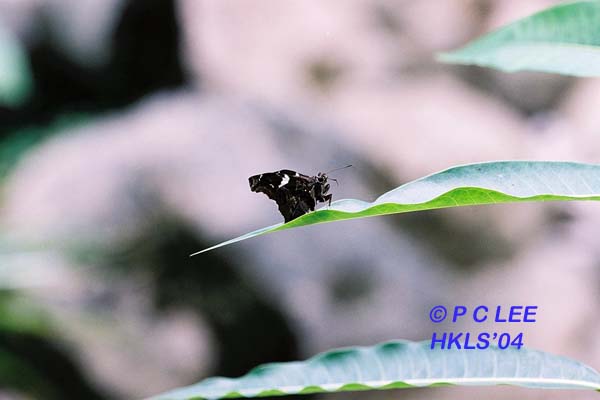 |
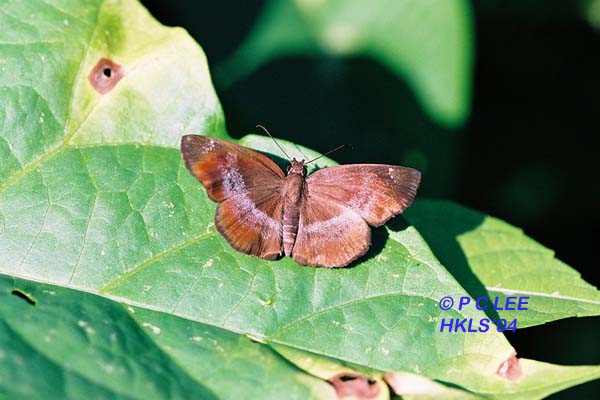 |
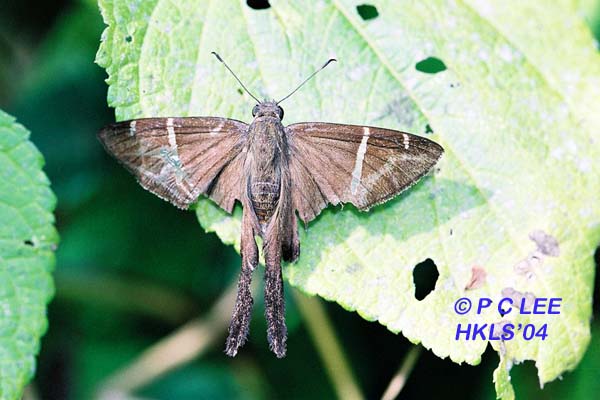 |
| Spathilepia clonius | unidentified spp. | Urbanus tanna |
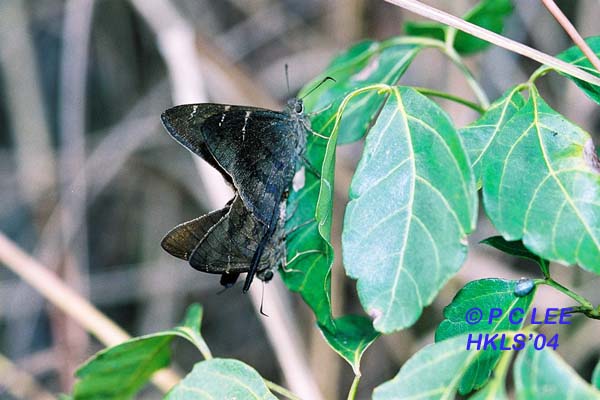 |
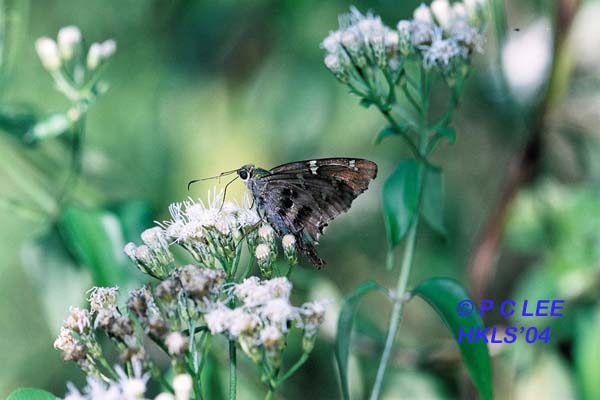 |
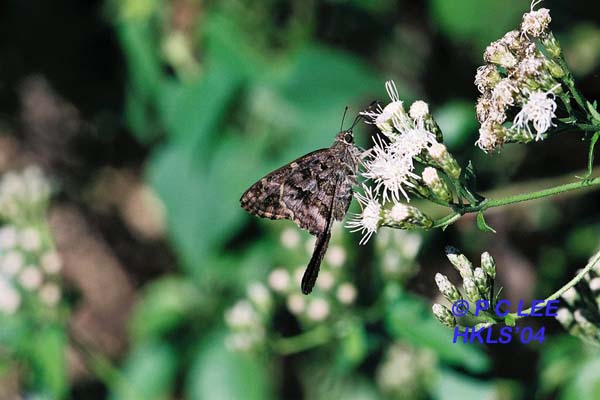 |
| Urbanus tanna | Urbanus spp. | Urbanus spp. |
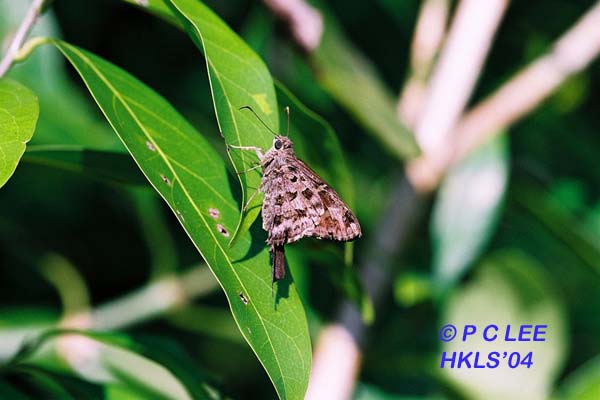 |
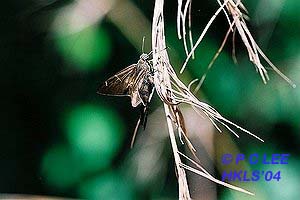 |
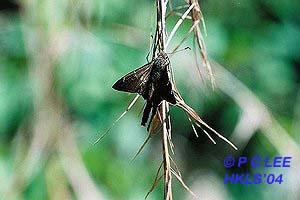 |
| Urbanus spp. | Urbanus spp. | Urbanus spp. |
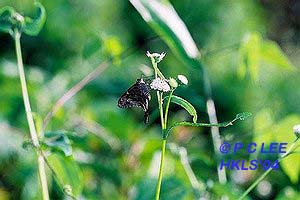 |
 |
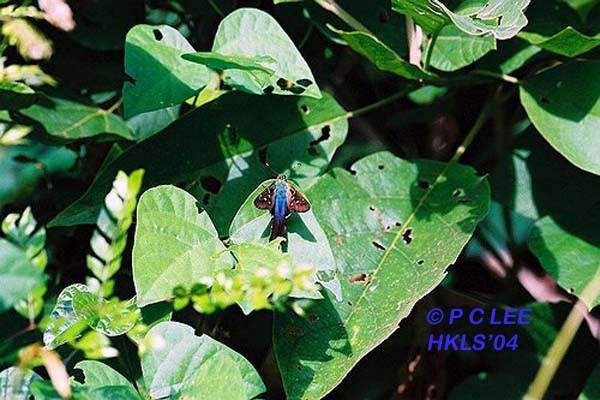 |
| Urbanus spp. | Urbanus spp. | Urbanus spp. |
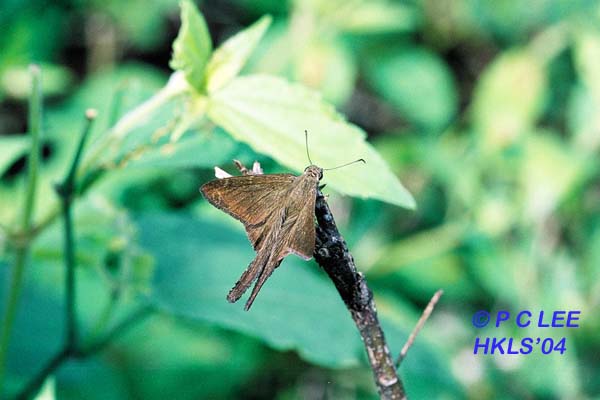 |
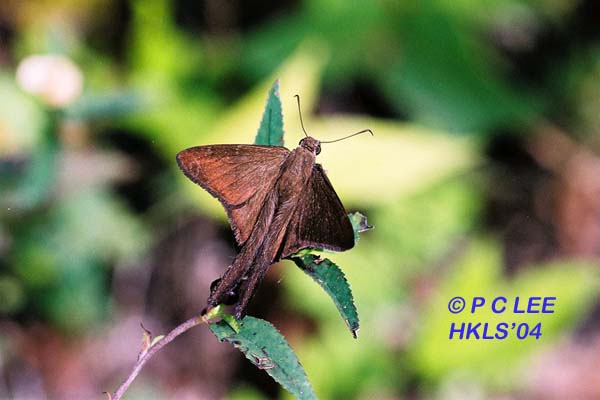 |
 |
| Urbanus procne | Urbanus procne | Urbanus belli |
Day 4
Today we decided to go to Blue Creek, the furthest point down South of
the country. There is a river running across it call the Moho River. We
started early again because there was a long way ahead of us. There is
a village just in front of the resort there. We arrived and started
looking around the bushes for butterflies.
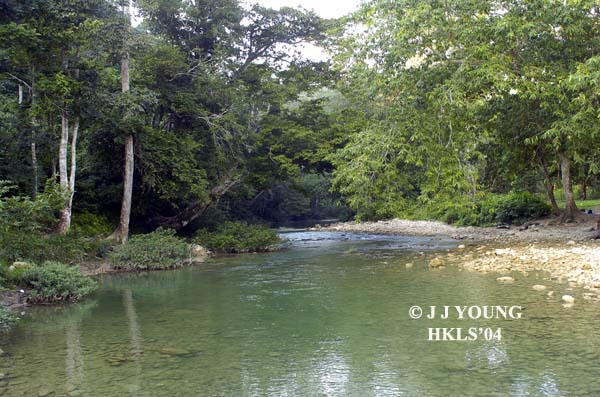 |
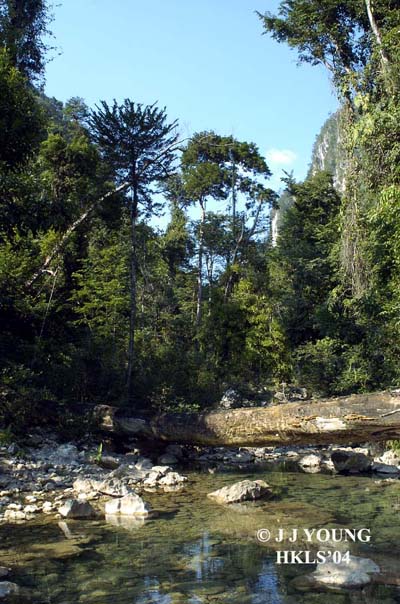 |
| Blue Creek, Toledo District | |
Then James shouted for me to come for he found a Marpesia petreus, a Nymph, under the bridge drinking water and resting. All its four tails were present with only slight damage to the forewings tips. This is my favorite so I took many photos.
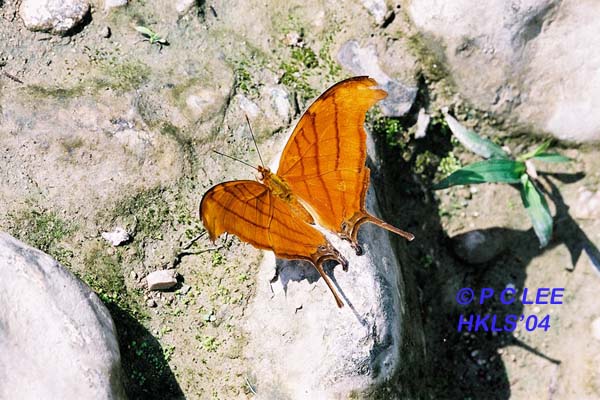 |
| Marpesia petreus |
We went over to the hibiscus shrub across the bridge where we saw many Pierids- including the big Phoebis which looks like a blown up Catopsilia. Many skippers and Heliconidae were also seen. After spending sometime making sure we did not miss anything, we entered the resort.
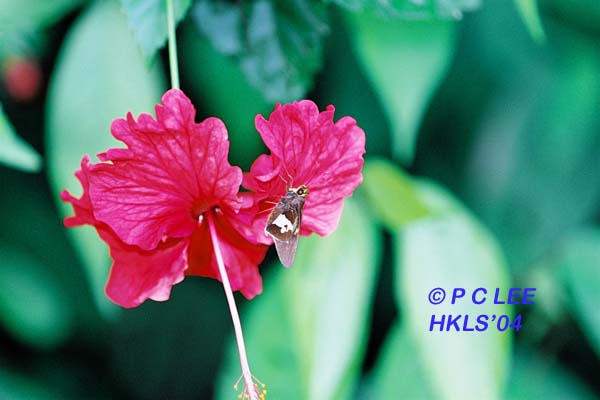 |
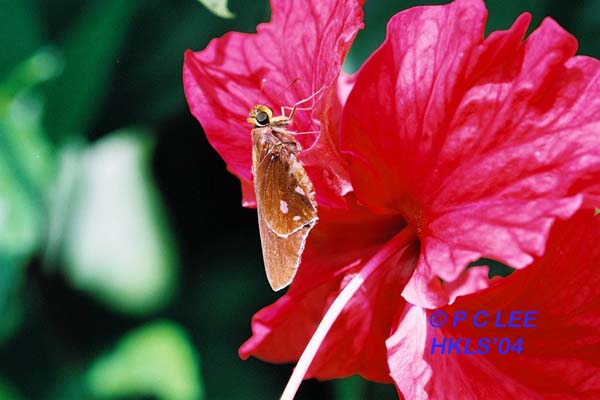 |
| Aides dysoni - male | Aides dysoni - female |
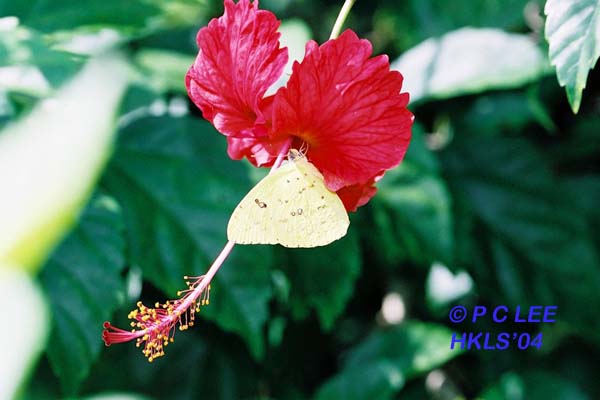 |
|
| Phoebis sennae | |
The first thing that greeted us was what, at first look, seem to be a Satyrid. It settled under leaves and we had to lie on the ground to shoot it getting mud all over our body. The effort paid off because it had brilliant metallic blue on its wings.
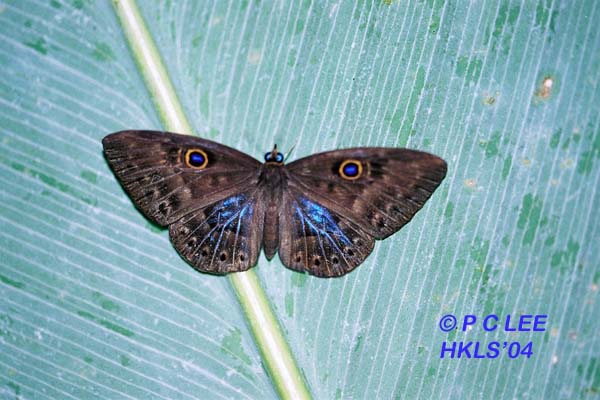 |
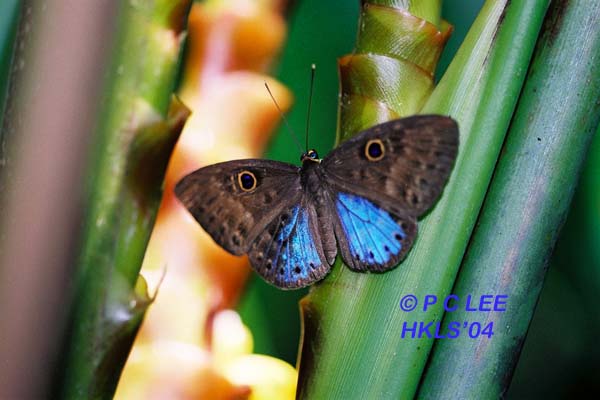 |
| Eurybia lycisca (a Riodinid) | |
After we reached the stream bed, we saw at least three Parides feeding on small red flowers. There were only a handful of flowers and I only managed to take a few shots on the leaves where it settled. Then a large morpho flew by. This was the first time I saw one in the wild. We went up and down the river bed, shooting everything we saw. The most noticeable one was a large skipper with brilliant blue wings and body. The climax came when the star of the show appeared, a female E. regalis laying eggs on its food plant!
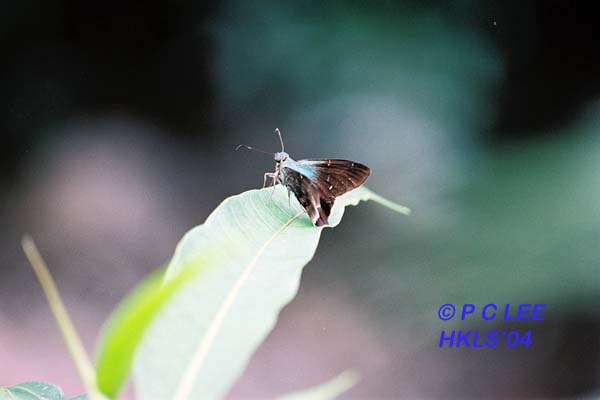 |
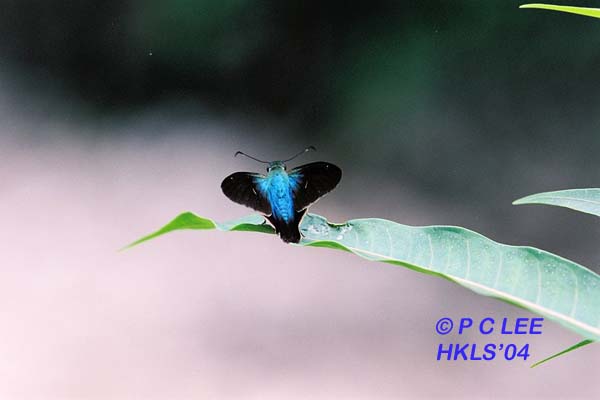 |
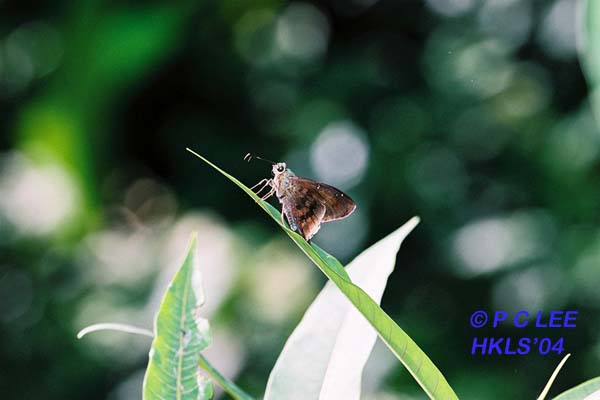 |
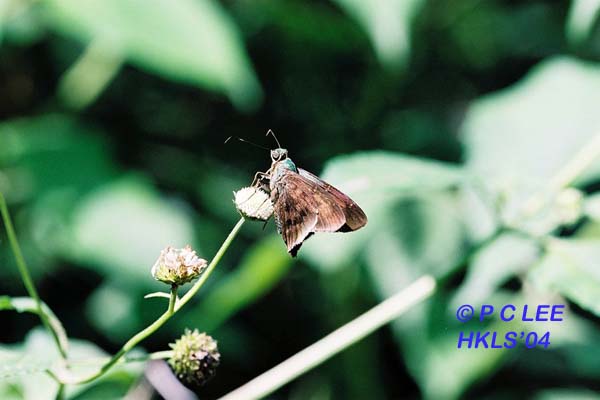 |
|
| Astraptes egreius | |
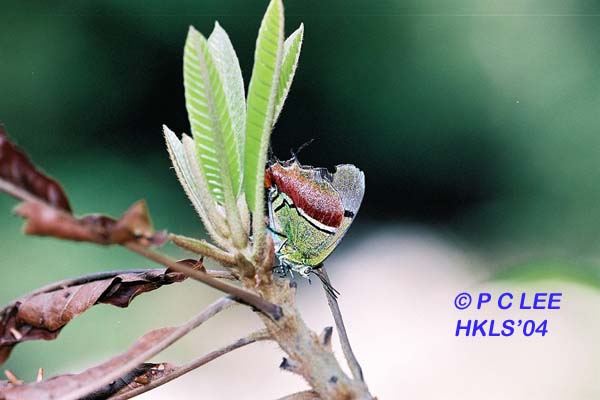 |
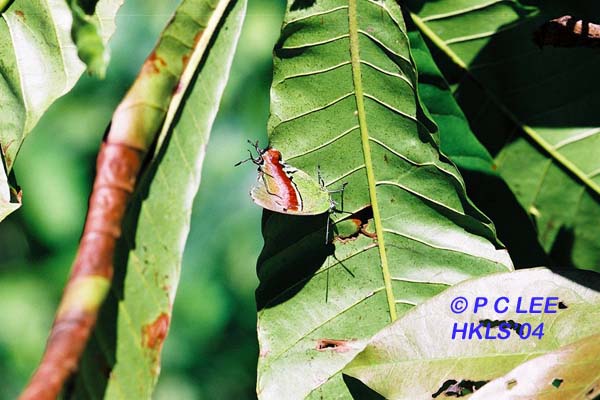 |
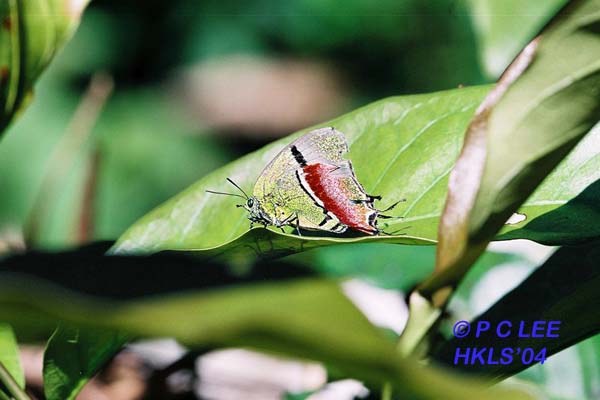 |
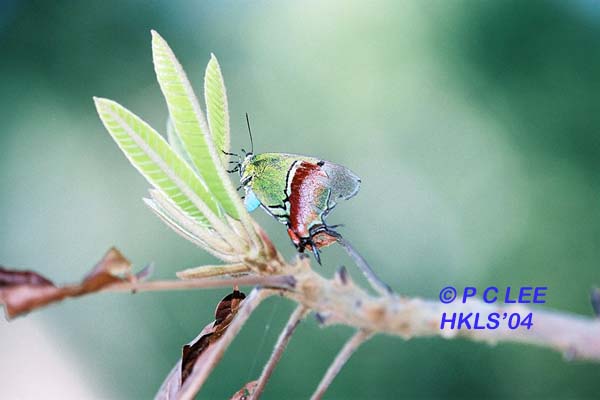 |
| Evenus regalis | |
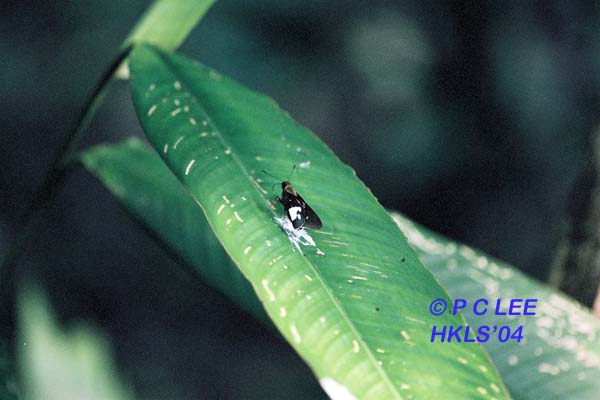 |
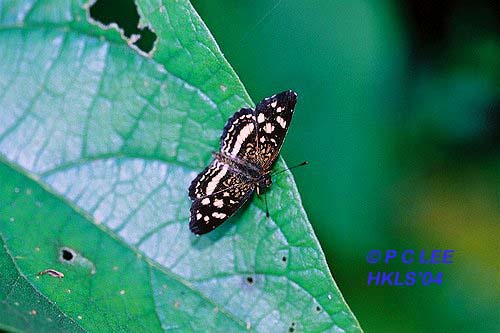 |
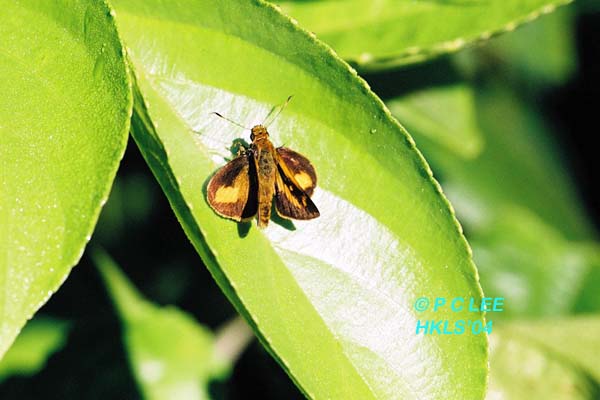 |
| Aides dysoni | Anthanassa tulcis | Anthoptus epictetus |
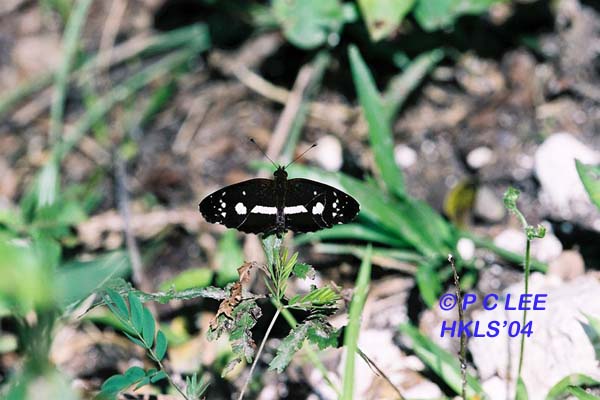 |
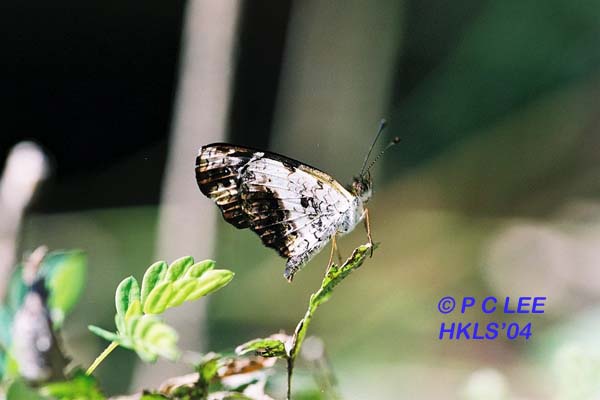 |
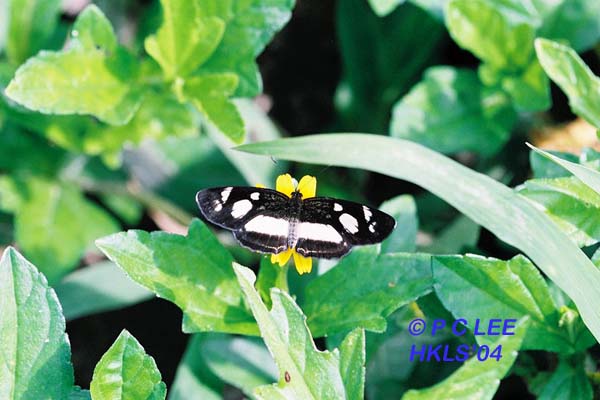 |
| Castilla myia | Castilla myia | Eresia clara |
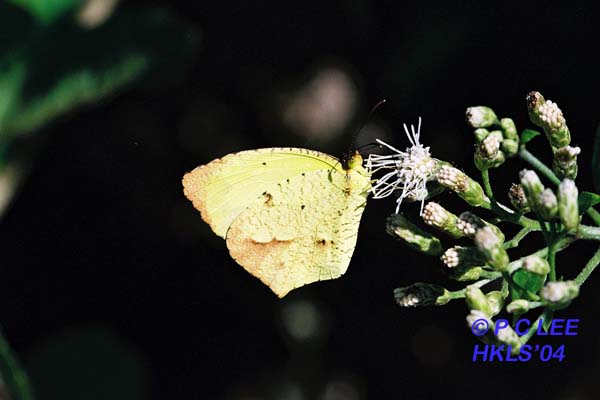 |
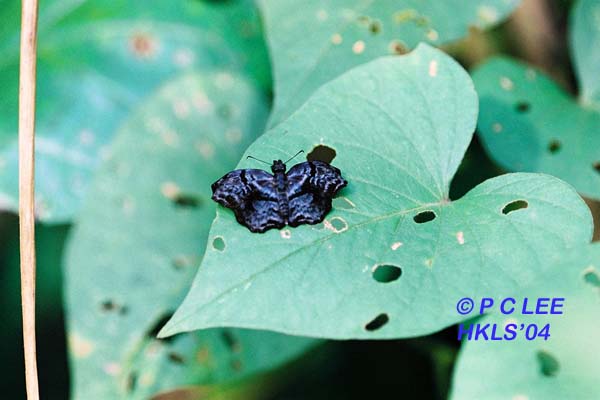 |
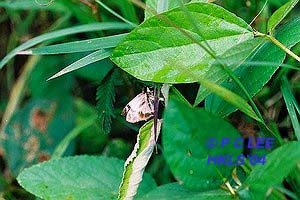 |
| Eurema proterpia | Helias phalaenoides | Heliopetes macaira |
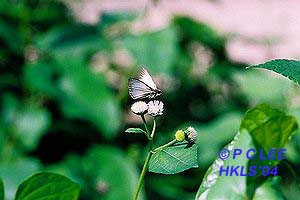 |
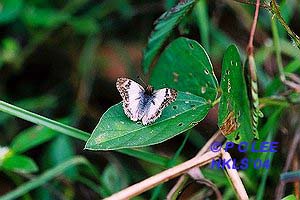 |
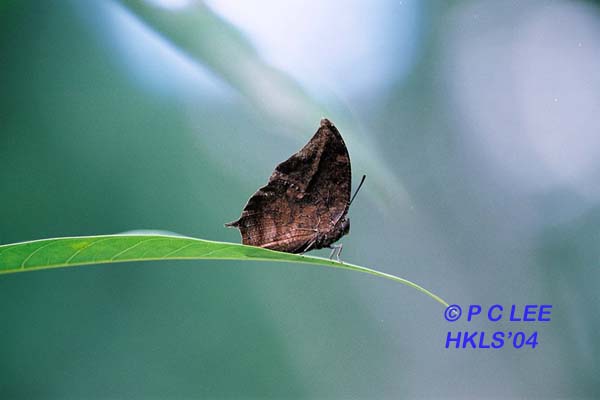 |
| Heliopetes arsalte | Heliopetes macaira | Memphis spp.. |
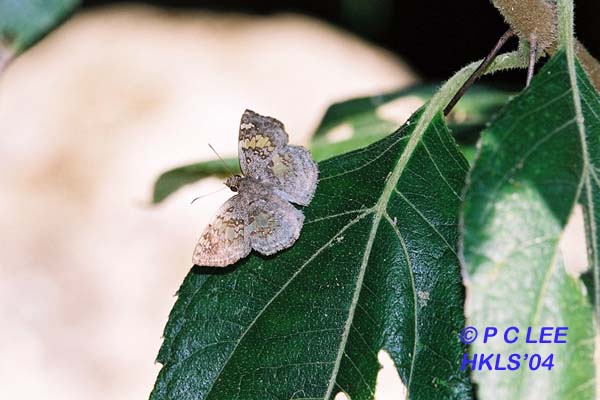 |
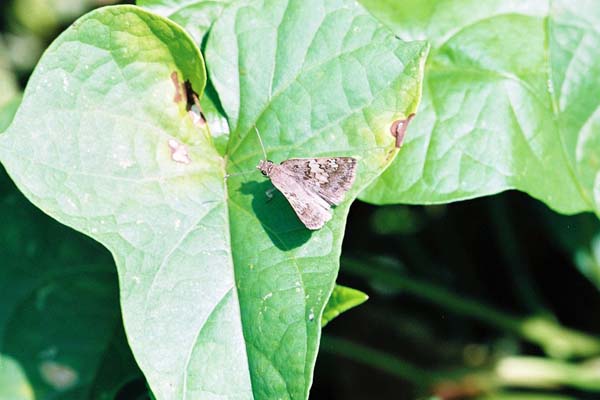 |
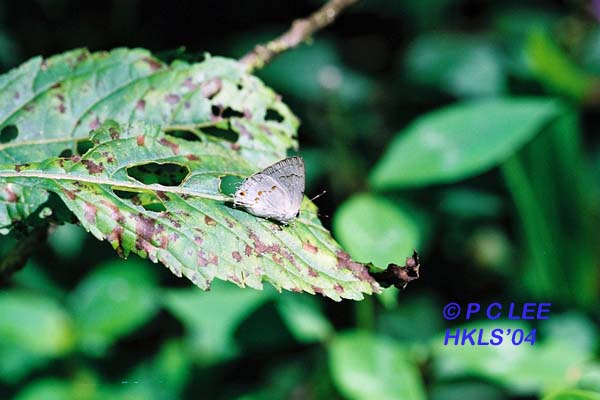 |
| Xenophanes tryxus | Xenophanes tryxus | Tmolus spp. |
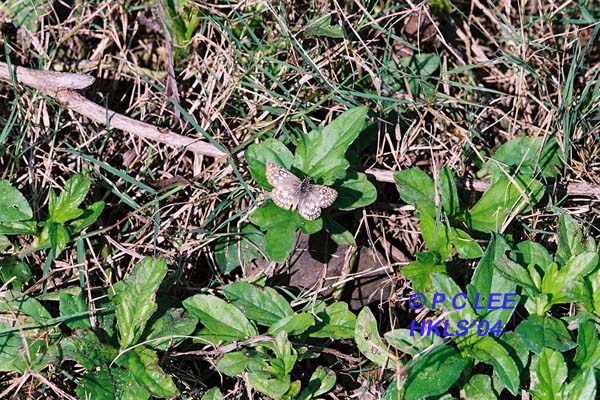 |
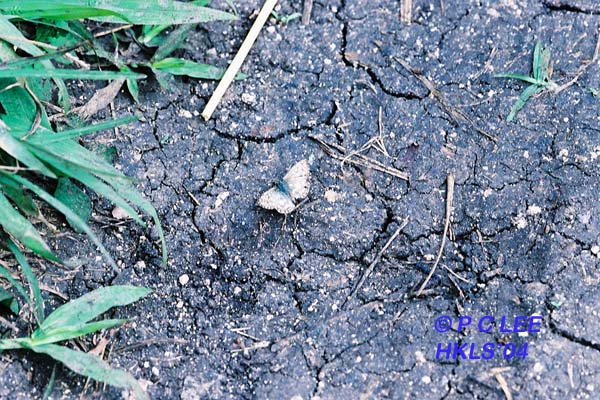 |
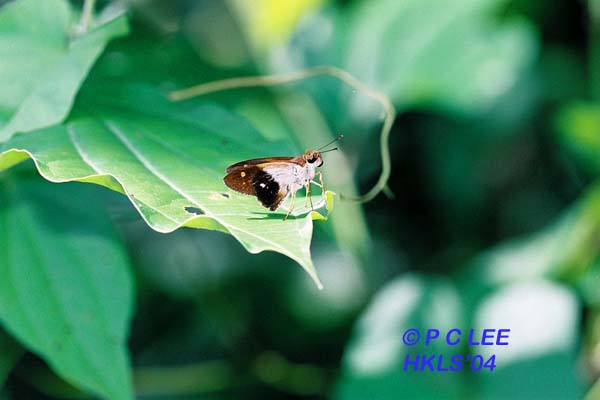 |
| Pyrgus oileus | Pyrgus oileus | Saliana esperi |
On the way back to the resort, we found another beauty under the leaves, with a brilliant blue forewing and a brown hindwing bordered by orange, it was one kind of the judies - Riodinid. Again we got mud all over our back once more. We were very satisfied with the pictures we have taken and went home at dusk.
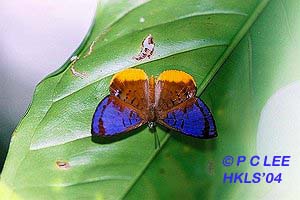 |
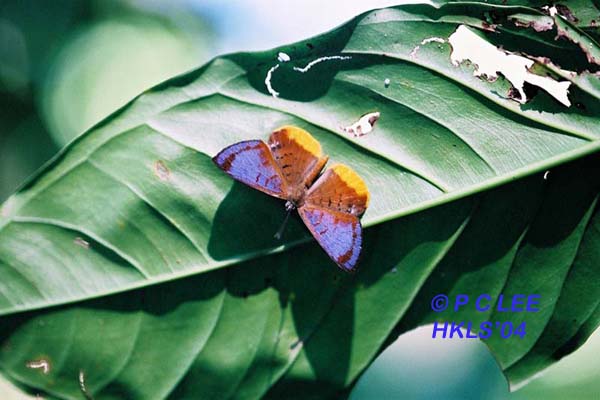 |
| Calospila sudias | |
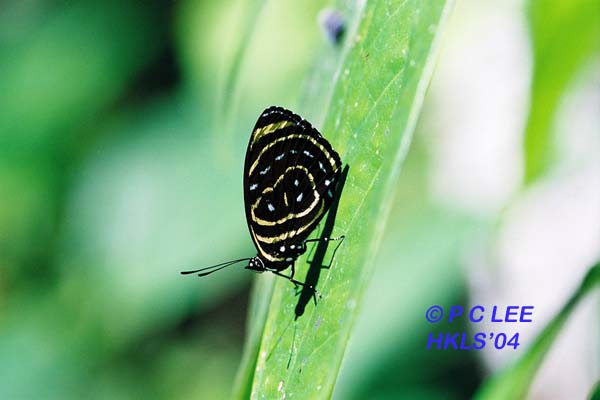 |
|
| Callicore patelina | |
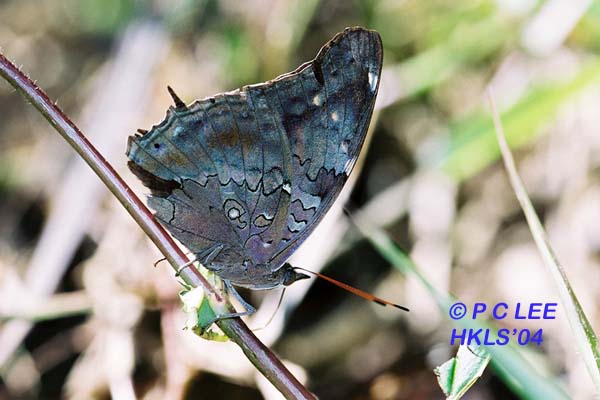 |
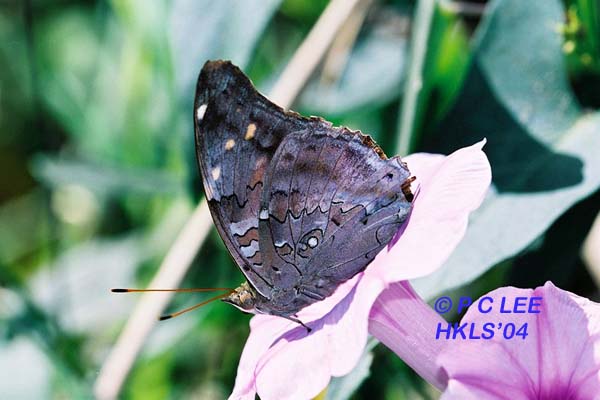 |
| Historis acheronta | |
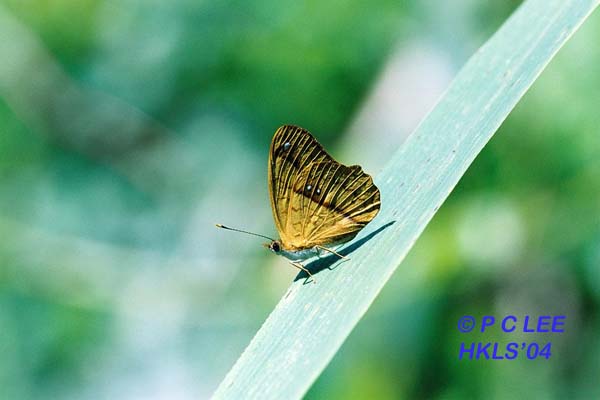 |
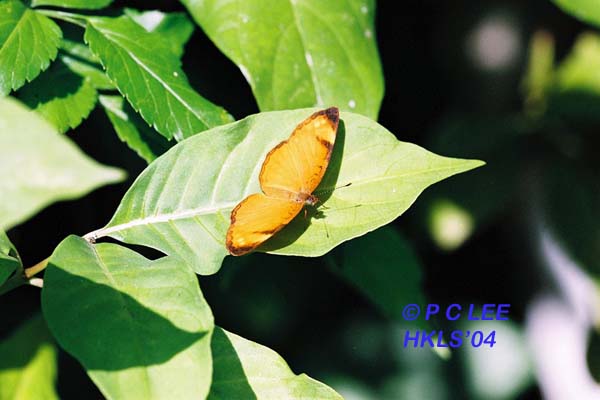 |
| Pseudonica flavilla | Tegosa guatemalena |
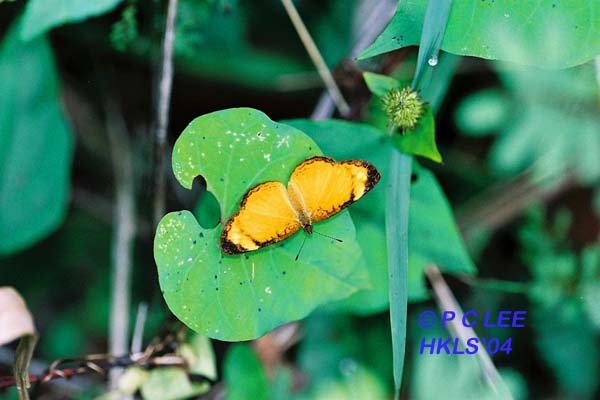 |
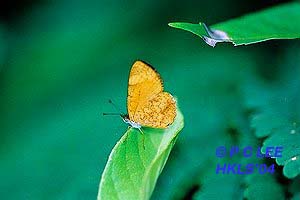 |
| Tegosa guatemalena | Tegosa guatemalena |
Day 6
Today we decided to go to Caracol, another archeological reserve, near
the border of Guatemala. We visited the Rio Frio Cave first on the way
for site seeing. On the way, we had to pass the famous Mountain Pine
Ridge Forest Reserve. The forest were almost wiped out by beetle
infestation. There was nothing worth seeing. Along the way we stopped at some wild flowers where a lot of butterflies
were seen feeding. There were the Hesperids, Heliconids and Nymphs.
Here we saw the beautiful Anteos, a Pierid, in pale green
colour. The upper wings had all sorts of colour, ranging from white to
yellow and white with yellow centre. After we had taken enough
pictures, we set off again for another place. When we came across a few
water puddle made by tractor, I saw some Papilio drinking
and yielded. I jumped off even before the car had made a full
stop and started shooting. Beside the two Parides, there were
other Pierid and a snout. Several types of Heliconiids were also present including the Zebra, Dryas,
Dione. We also saw several morphos both male and female and a
huge owl flying by slowly , but never stopped. A large Baeotus
also flew by looking like a Charaxes in blue. There was a Doxocopa
looking like a Sasakia in miniature and several Marpesia
with long tails. I was running up and down the road whenever there was
a good one flying by.
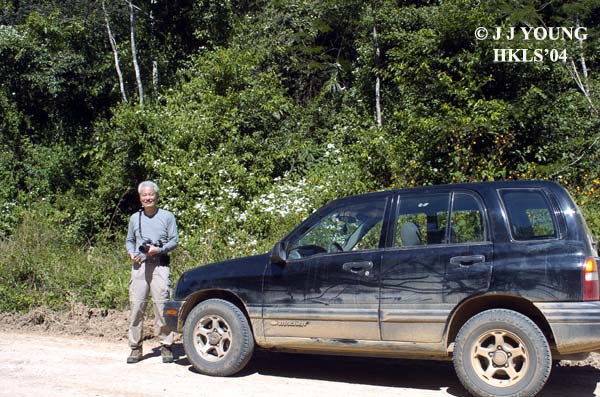 |
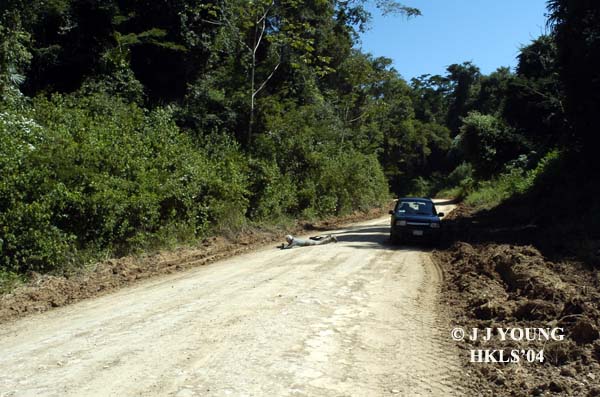 |
| Road to Caracol | |
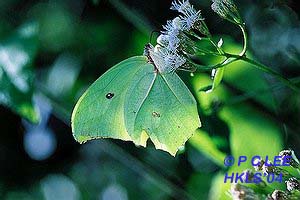 |
 |
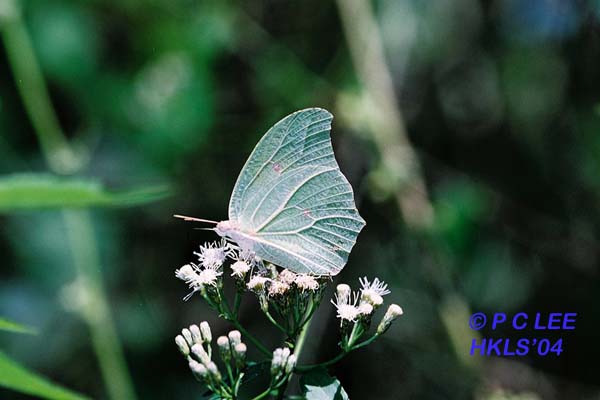 |
| Anteos maerula - male | Anteos maerula - male | Anteos maerula - male |
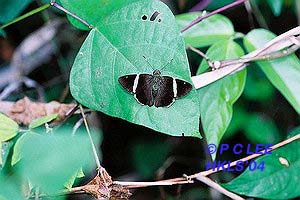 |
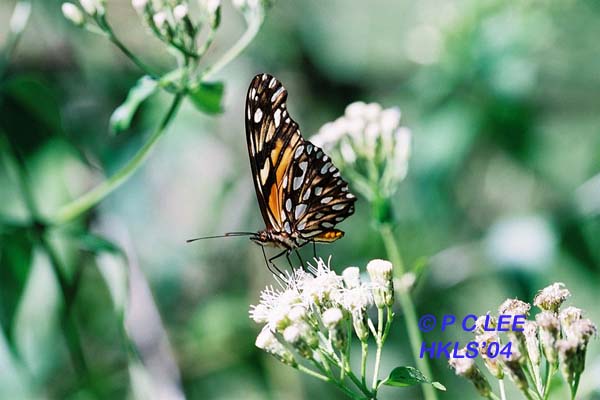 |
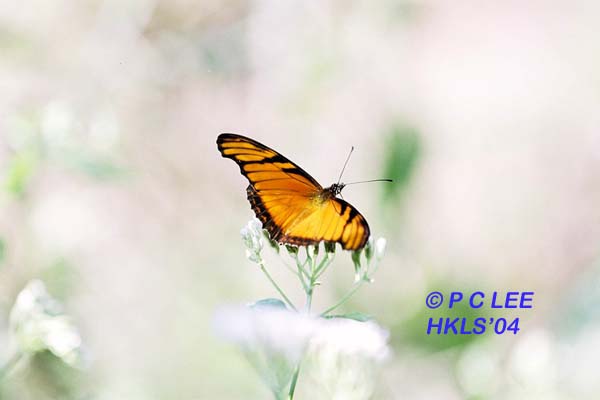 |
| Autochton zarex | Dione juno | Dione juno |
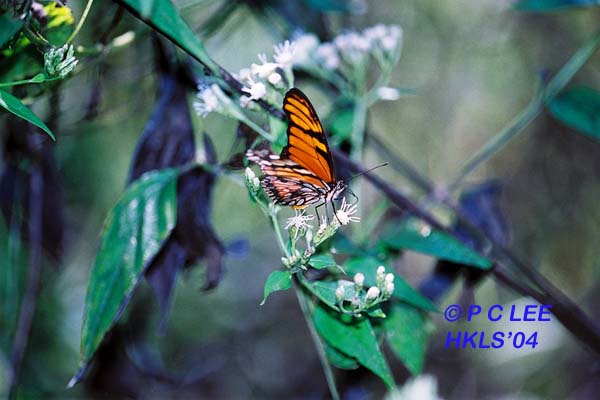 |
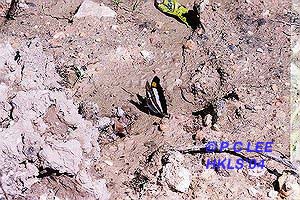 |
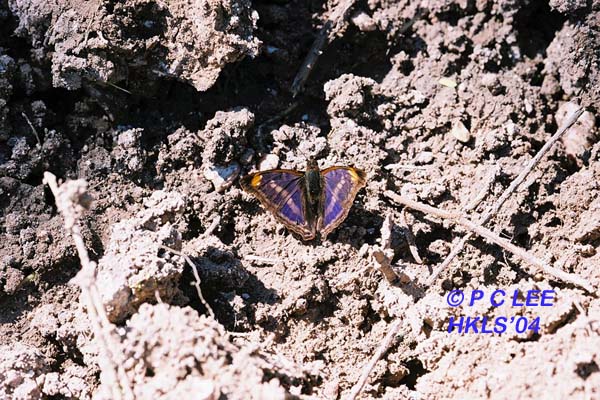 |
| Dione juno | Doxocopa pavon - female | Doxocopa pavon - male |
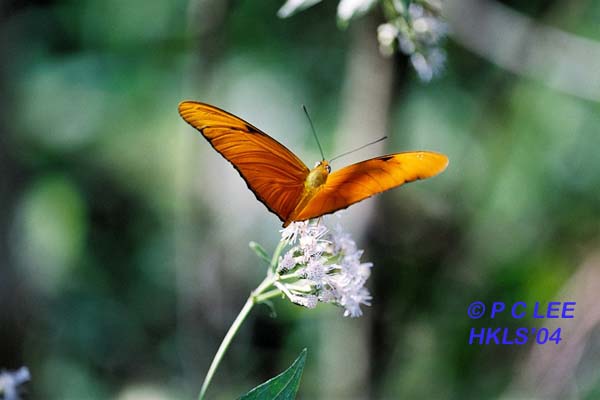 |
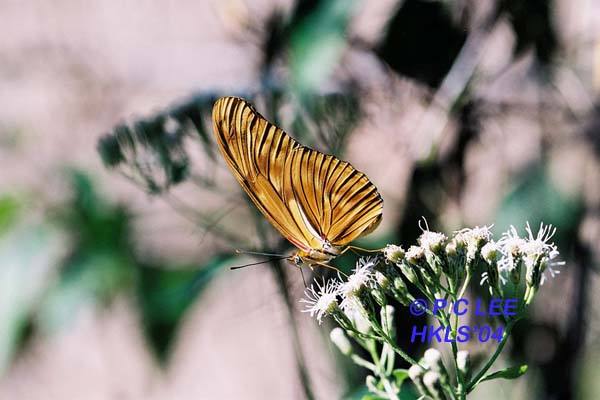 |
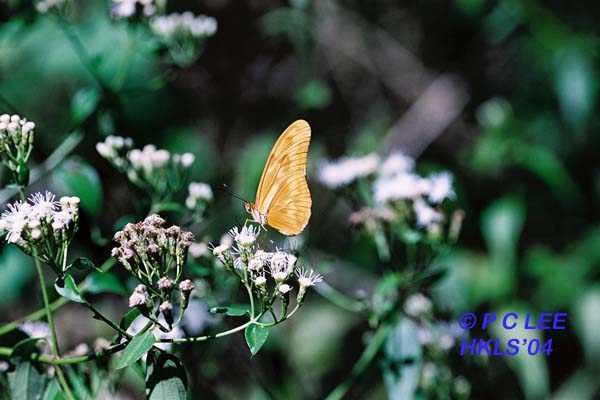 |
| Dryas iulia | ||
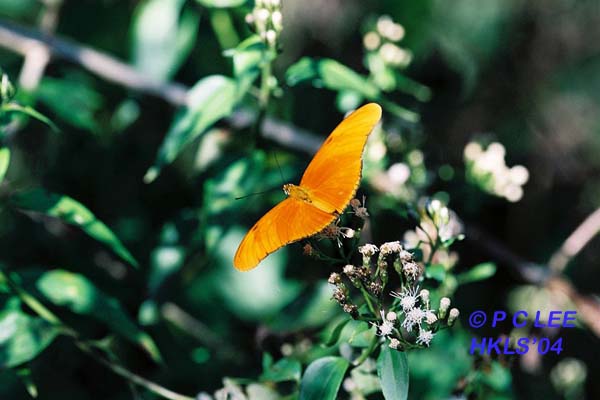 |
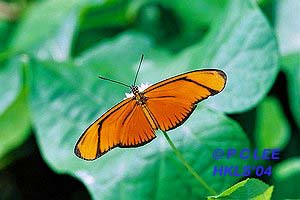 |
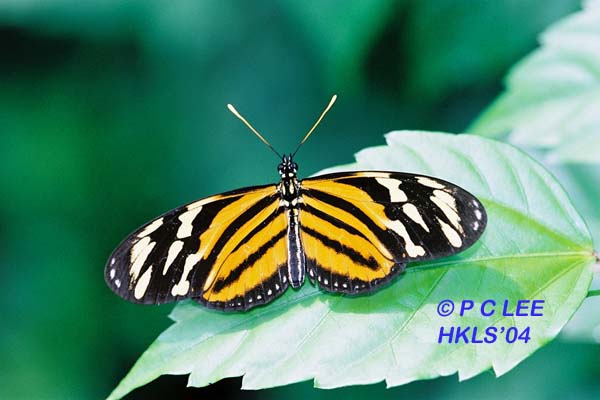 |
| Dryas iulia | Eueides aliphera | Eueides isabella |
| Heliconis charitonius | ||
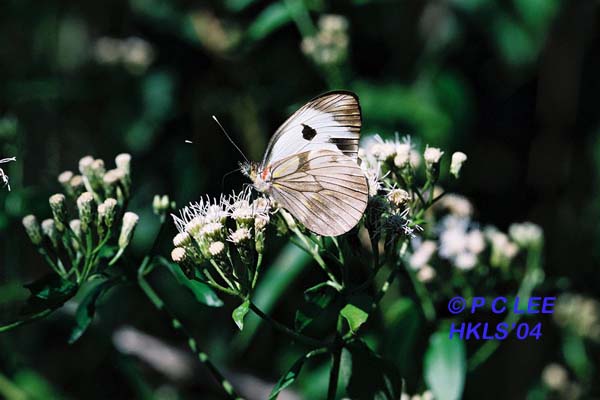 |
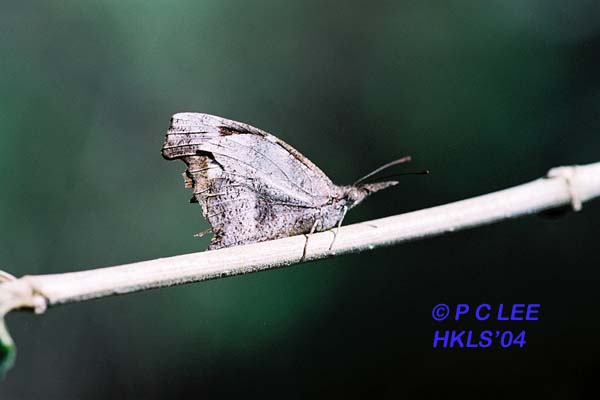 |
|
| Heliconis charitonius | Itaballia viardi | Libytheana carinenta |
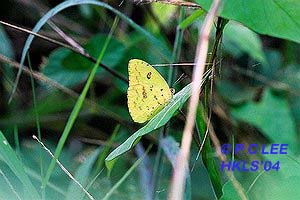 |
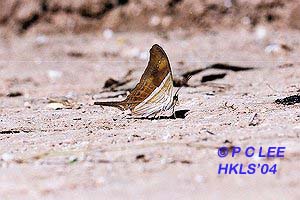 |
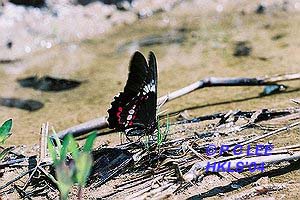 |
| Phoebis sennae | Marpesia chiron | Papilio anchisiades |
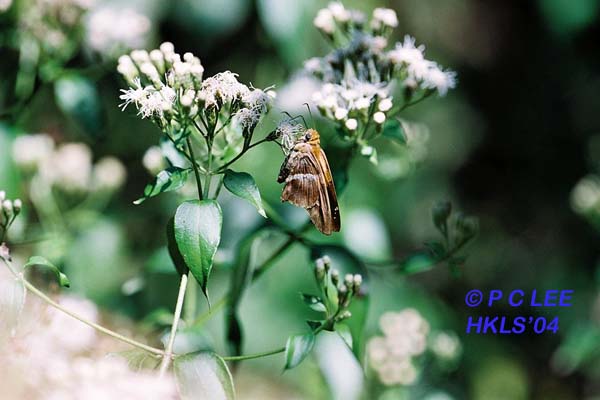 |
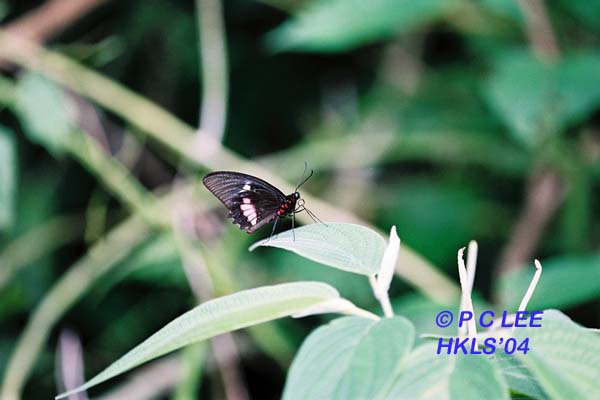 |
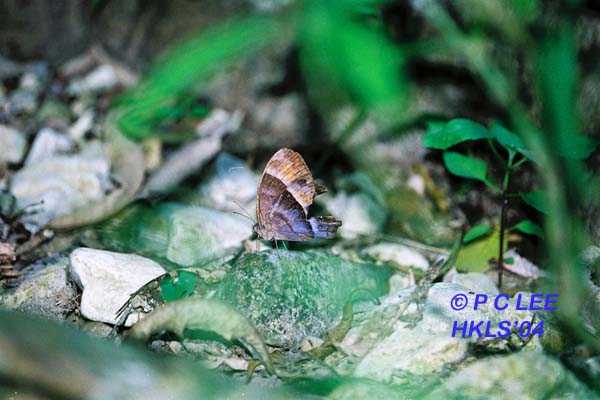 |
| Unidentified spp. | Unidentified spp. | Unidentified spp. |
The day was hot and the sun was shining
brightly. We were wearing long sleeves shirt and gloves to protect us
from mosquito bites, but all these efforts were worth to the last ounce
of sweat. On our way back, we saw a strange looking moth mimic a
Eurema, the upper wings looked exactly like it but the under wings
looked like sands and pebbles to blend with the surrounding. I don't
know the reason for this kind of mimicry because there seems to be no
benefit
We paid a visit to a tourist attraction called the
Blue Hole. It was very small,
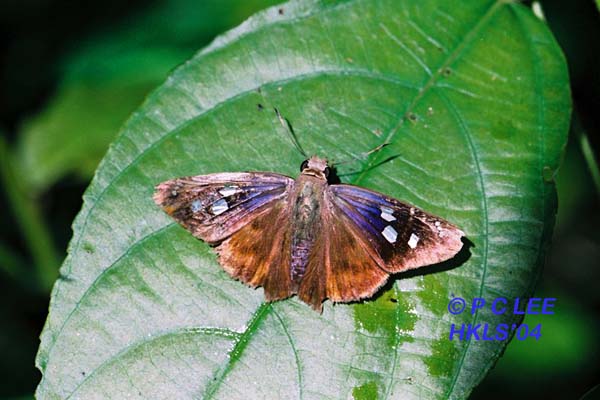 |
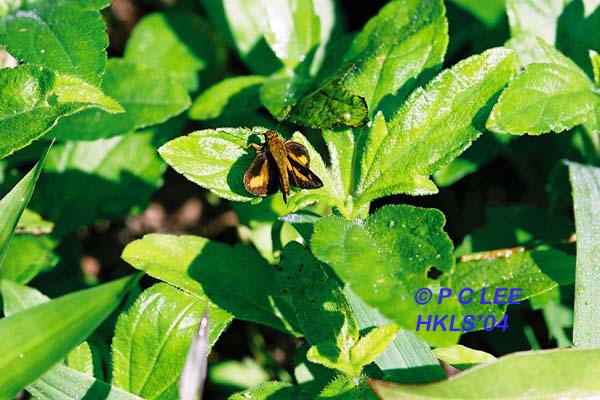 |
| Polygonus manueli | Anthoptus epictetus |
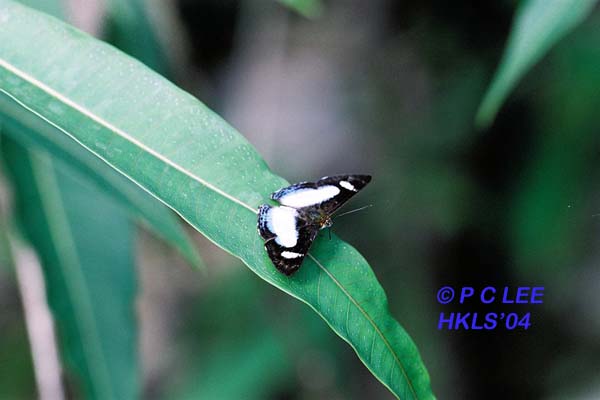 |
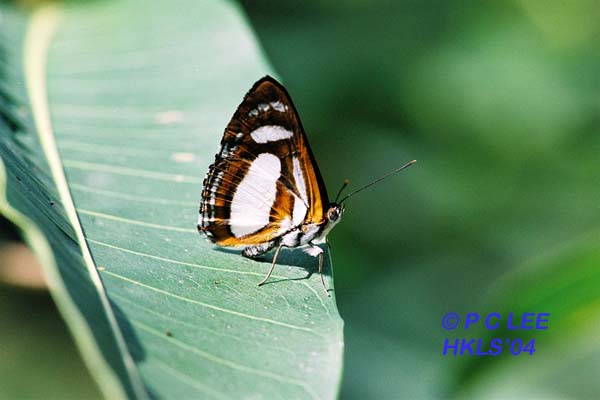 |
| Thisbe irena | |
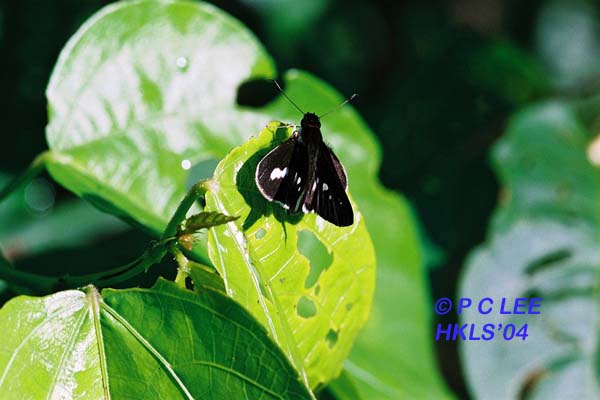 |
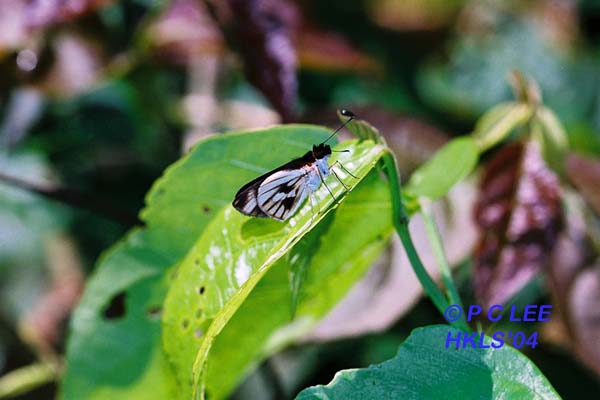 |
| Vettius spp. | |
Day 8
I started the long and tiring journey home with a lot of photos and a
lot of mosquito and ant bite marks which I still have today.
(prepared by J. J. Young)
